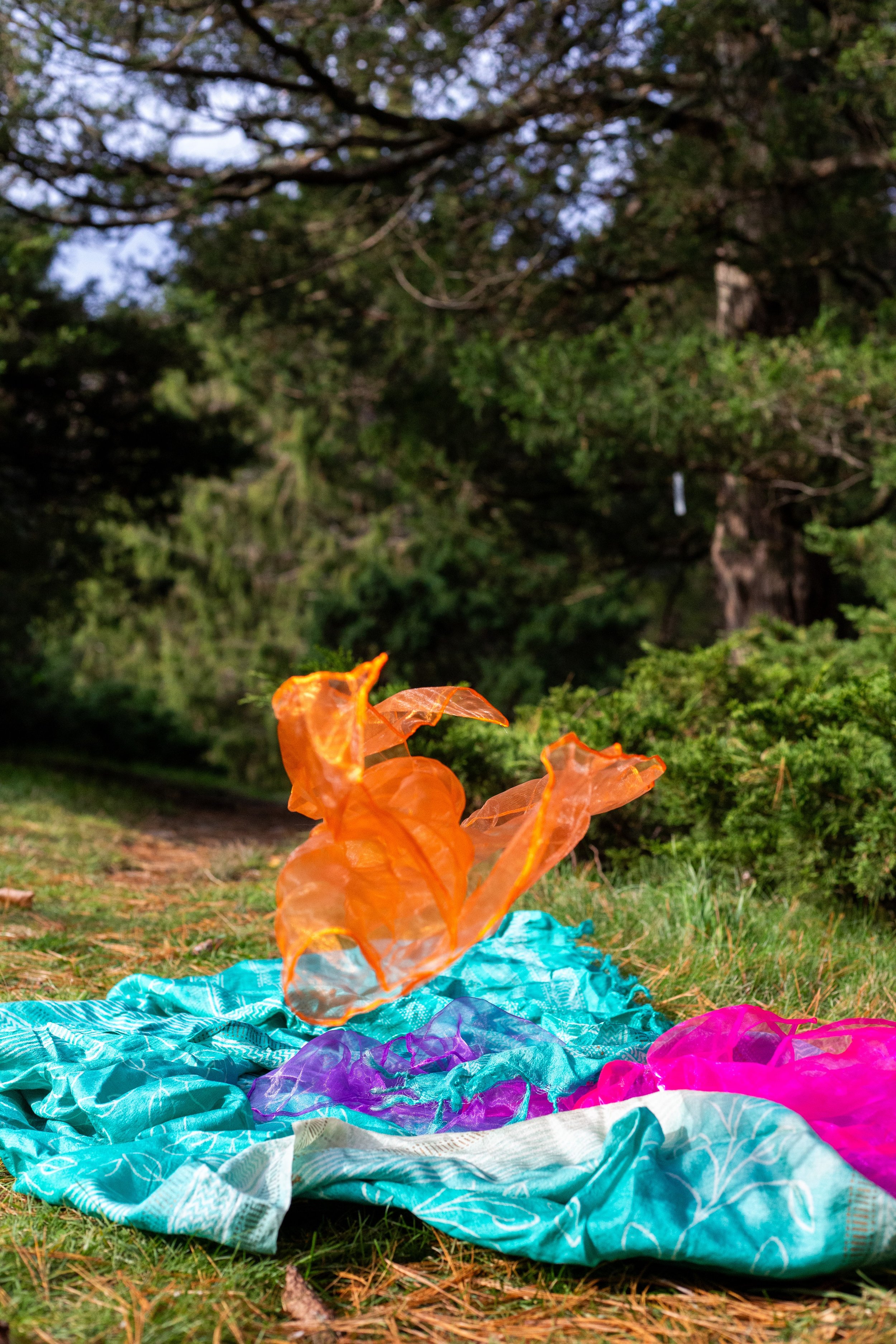
Embodied EMDR
In their book on EMDR and Somatic Psychology, Dr. Arielle Schwartz and Barb Maiberger define Embodiment “as the combined experience of sensations, emotions and movement impulses in the present moment” (2018, p.19).
Embodied EMDR draws on the intersection of EMDR, parts work, dance/movement therapy and other somatic psychotherapy approaches, creating space for all parts of self and positioning the body as a central tool for stabilization and containment during the EMDR process. It supports lasting full body integration of new information and resources learned during therapy, which is crucial to therapeutic restoration from trauma or impactful life experiences.
What is EMDR?
EMDR, or Eye Movement Desensitization and Reprocessing, is a structured phase based treatment that uses bilateral stimulation (usually with back and forth eye movements) to reprocess and desensitize traumatic experiences or any experiences that have lasting negative impacts on your life. It centers around the body’s innate ability for self healing and restoration. It is not hypnosis. You will not forget the memories and there may still be lingering emotions associated with them. For example, if you pull that memory off the figurative shelf of your lived experiences, it will still be a “sad story” or a “scary story.” The goal is that you will no longer feel immediately sick to your stomach or frozen in place when reminded of the memory. Ultimately making it so you can move through life with more ease.
Because we store our life experiences through visual images, physical sensations, smells, sounds, thoughts, feelings, etc… we need to use a therapeutic approach that allows us to process from any and all of these areas. Most of my therapy participants do not remember all the details of what happened. The memory may just be living in their body through a physical sensation or a feeling they get any time_____ (you can fill in the blank). We do not need the whole story for EMDR to work. Using the bilateral movements, we are able to create a container where present day beliefs, resources and information can be layered over earlier memories to support lowering the distress and negative impacts of those past experiences. So you can put that “sad story” in its new place on the shelf and not worry about it crashing back down and hitting you in the face when you’re least expecting it.
What is Parts Work?
We each have our own unique experiences that make up who we are. A big fear I hear when talking about meeting mental health goals is losing a part of Self that you have known all of your life- often this is a protective part that both keeps you safe AND gets in the way of living your full life. When approaching this work from a parts framework, we believe that there are no “bad” parts. Each part of our inner system was created for a reason. They each have jobs unique to them. At one point, each of those jobs was beneficial and met your needs the best way your system knew how (based on the knowledge and resources accessible to you at the time). What often happens is as we grow up- our life situations change- our needs change. And our parts need to change with us. They may need to be assigned a new job. For example, that younger part deserves to go play and take up space rather than be the caregiver for everyone in your life.
In parts work, we get to know each of your parts individually so they can all start to understand each other and work together to best support your most present Adult Self. Each part has an important role to play within your inner system. It’s crucial that no one is left behind or forgotten. We need the whole system online to support you in meeting your goals.
What is Dance/Movement Therapy?
The American Dance Therapy Association (ADTA) defines dance/movement therapy as “the psychotherapeutic use of movement to promote emotional, social, cognitive and physical integration of the individual.”
What this means when working with me is that the body is always present in the room. This may look like noticing how the body is responding when discussing certain topics. It may look like using the body to build a resource to support relaxation through gentle stretching or finding more rhythmic movements to activate and mobilize.
I believe the body can be our greatest resource and unlike our friends, partners, bed, favorite fidget, phone, headphones, etc… our body goes with us EVERYWHERE. My goal is to help get the body online as an accessible and supportive resource to meet the various needs of the humans I work with in my practice.
To learn more about Dance/Movement Therapy, visit the ADTA’s website


